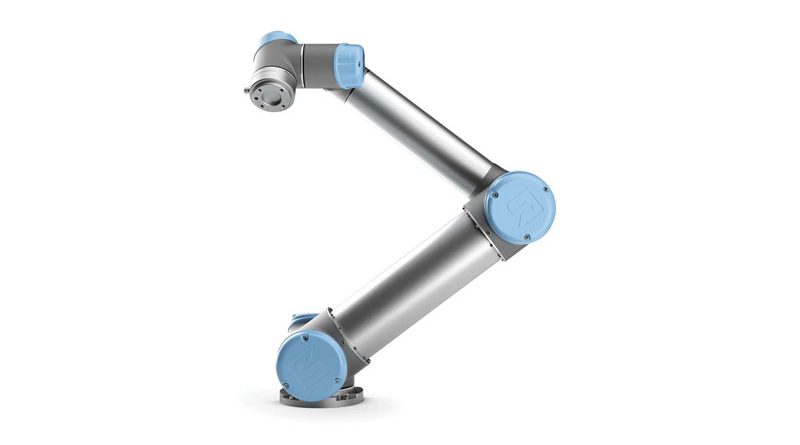Automotive: Cobots for Marking and Testing
A German company in the automotive industry has been using cobots since 2010 for marking and testing activities. Now the process is entirely managed by the UR5 cobot from Universal Robots, which combines compact dimensions with a vast range of native safety features
by Massimo Brozan
Böco Böddecker, a German company in the automotive sector, is part of the multinational Magna group, a global supplier that distributes products in 28 countries and runs 340 production operations and 93 development and design centres.
The company produces safety and closure systems, latches and locks in plastic and metal for multiple brands. Automotive is a market segment subject to growing competitive pressure: suppliers are required to provide high quality standards, products at reasonable prices and, above all, extreme flexibility, guaranteeing efficiency even on short batches with a high production mix. In this production and competitive scenario, automation is a path that more and more companies are choosing to enhance industrial processes and keep them in step with market requirements. For Böco Böddecker, the collaborative robotics of Universal Robots are a great ally for marking, labelling and testing activities.
The integration of cobots is in close contact with operators
For these industrial activities, the company has chosen a Universal Robots UR5, a robot able to automate a wide range of activities. With a very small footprint (just 149 mm at the base) and a weight of about 18 kg, the UR5 manages a payload of 5 kg and acts at 360° in a radius of 85 cm.
The choice of the UR cobot considered several factors, including the intrinsic characteristics of robotic automation: marking, labelling and quality controls are classic operations that call for process automation. While all these activities are essential in the automotive industry (every single part must be identifiable with a unique code), they are repetitive, simple and of little added value; consequently, they are ideal candidates for automation, freeing operators to work on more creative activities with greater added value. Apart from the positive impact of robotics on variables such as efficiency, repeatability and overall productivity, the choice of collaborative automation was also dictated by space factors. Böco Böddecker had specific needs in terms of production layout, with limited space for automation. The cobot’s compact dimensions, combined with the vast range of native safety features allowing close contact with operators, steered the company’s decision, enabling it to introduce automation despite its saturated layout. Finally, a vision system with a camera has been integrated into the cobot to further increase its capabilities in the quality control phase.
An improvement in product quality thanks to the strict controls
The integration of UR collaborative robotics on its production lines has allowed Böco to significantly increase the precision, speed and efficiency of the marking, labelling and testing process.
Besides process performance, the company has noticed an improvement in product quality, thanks to the strict controls carried out by the robot, which uses an advanced control system equipped with a video camera to identify and discard defective parts. The vision system can objectively determine the quality of the part, adding further overall efficiency to the solution. The introduction of the collaborative robot has also generated a series of advantages for operators, who have been released from boring and repetitive activities and can devote themselves to more strategic activities.

